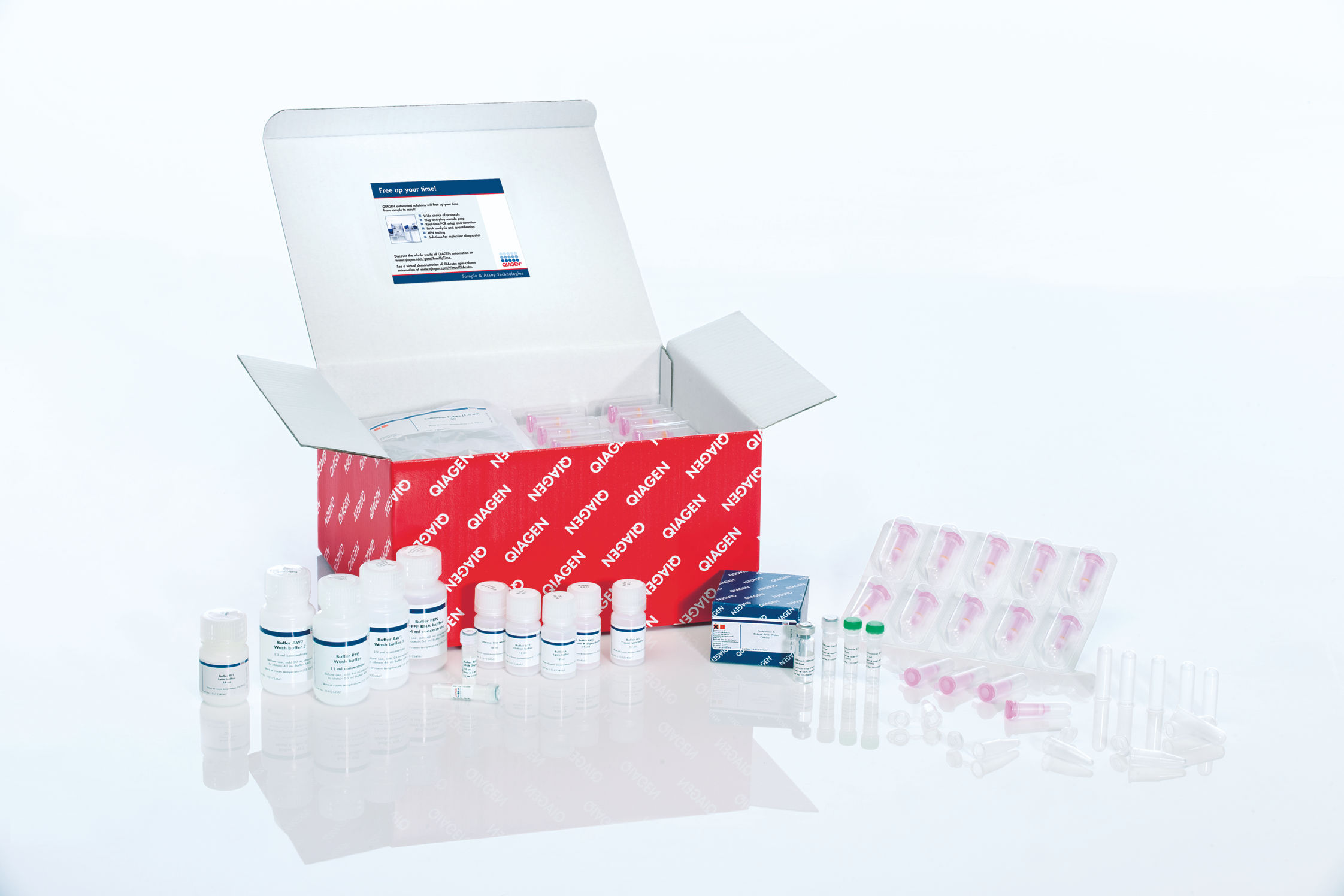Unlocking the Secrets: The Ultimate Guide to RNA Purification Kits
Welcome to the world of RNA purification kits, where cutting-edge technology meets the intricate realm of molecular biology. As researchers delve into the complexities of RNA isolation, the need for reliable and efficient purification methods becomes paramount. In this ultimate guide, we will unravel the secrets behind RNA purification kits, offering valuable insights into their significance and functionality in the laboratory setting. Whether you are a seasoned scientist or a budding researcher, understanding the nuances of RNA purification is key to unlocking the full potential of your experimental outcomes. Join us on this journey as we explore the essential components, techniques, and best practices associated with these indispensable tools.
Types of RNA Purification Kits
There are three main types of RNA purification kits commonly used in research labs: column-based kits, magnetic bead-based kits, and organic extraction kits. Each type offers specific advantages and is suited to different experimental needs.
Column-based RNA purification kits utilize specialized columns containing silica membranes that selectively bind RNA molecules while contaminants are washed away. This method is efficient for isolating high-quality RNA suitable for downstream applications such as RT-PCR and RNA sequencing.
Magnetic bead-based RNA purification kits use magnetic beads coated with nucleic acid-binding surfaces to capture RNA molecules. This method is known for its rapid and simple protocol, making it ideal for processing multiple samples simultaneously. It is also gentle on RNA integrity, making it suitable for sensitive applications.
Key Factors to Consider

First, it is crucial to assess the RNA yield provided by the purification kit. Look for kits that offer high yields to ensure that you are maximizing your RNA recovery from samples. The efficiency of RNA isolation is key in obtaining quality results in downstream applications.
Another important factor to consider is the purity of the isolated RNA. Opt for purification kits that provide high purity RNA, free from contaminants like DNA and proteins. High purity RNA is essential for accurate downstream analysis and can significantly impact the success of your experiments.
Lastly, consider the ease of use and workflow compatibility of the RNA purification kit. Choose a kit with clear protocols and user-friendly components to streamline your purification process. Compatibility with downstream applications such as RT-PCR or RNA sequencing can also be a determining factor in selecting the right kit for your research needs.
Best Practices for RNA Purification
When using an RNA purification kit, it is crucial to always work in a clean and RNase-free environment. Contamination from RNases can degrade RNA samples, leading to inaccurate results. Make rna kit to wear gloves, use filtered pipette tips, and regularly decontaminate surfaces and equipment.
Follow the manufacturer's protocol for the RNA purification kit step by step. Each kit may have specific requirements or recommendations, so it is essential to carefully read and understand the instructions provided. Pay close attention to the incubation times, temperatures, and centrifugation speeds to ensure optimal RNA yield and quality.
After RNA purification, store your samples appropriately to maintain RNA integrity. It is recommended to keep RNA samples at -80°C for long-term storage to prevent degradation. When handling RNA samples, be gentle to avoid shearing or damaging the RNA molecules.